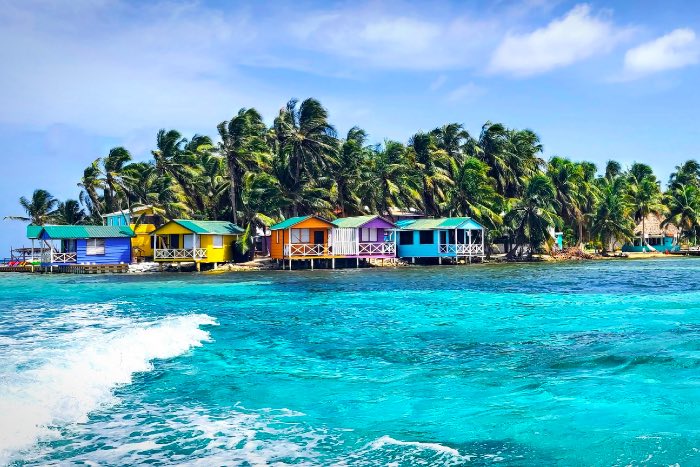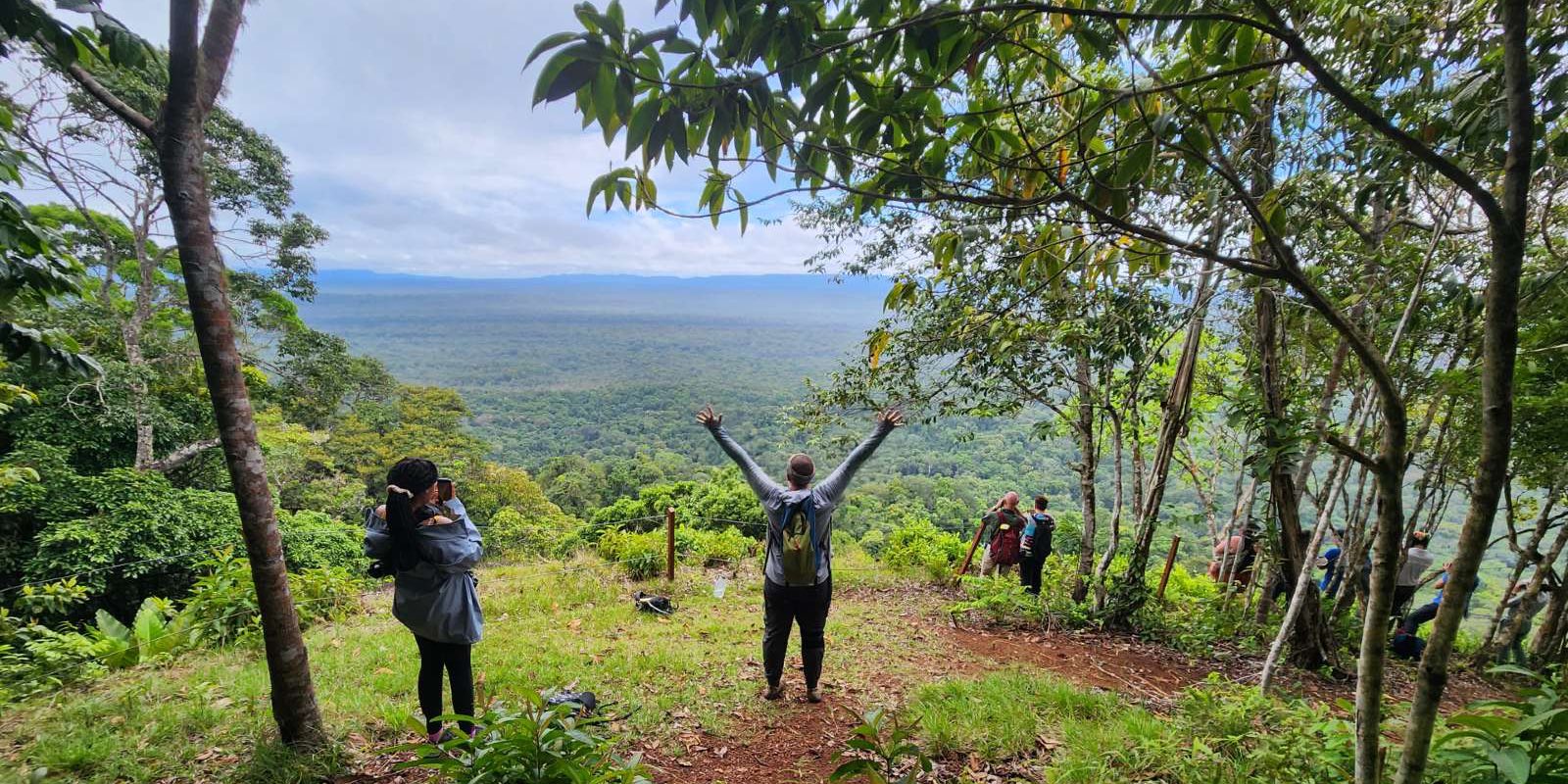
Guyana: Local Wisdom & Conservation
Experience one of the greatest examples of primary rainforest in the world. Learn how indigenous Makushi communities are building a sustainable future.
Course Overview
Embark on an incredible journey to Guyana, a country where 80% of the land is covered in pristine rainforests—one of the world's last great wildernesses. This biodiverse haven is teeming with iconic wildlife, from the powerful jaguar to the giant arapaima, a "living fossil" that's one of the largest freshwater fish on Earth. Here, the natural world remains remarkably intact, offering a rare glimpse into a thriving ecosystem where species like harpy eagles, giant anteaters, and giant river otters still roam freely.
This program goes beyond the wildlife to focus on the people who've coexisted with it for centuries. You'll be immersed in the culture of the Makushi, an indigenous group that has called these forests home for millennia. The Makushi community is expertly balancing their rich traditional knowledge with the opportunities and challenges of modern development. This course is curated by Iwokrama with its interesting joint forest management approaches and in partnership with the Jacksonville Zoo and Gardens. In Guyana, students explore how this local wisdom can guide conservation efforts. By working with and learning from Makushi community members, you'll discover the power of place-based conservation and reflect on your own role in becoming a better steward of the planet.
A typical day on this EE course includes exploration and hiking in the local environment, instructor and student-led discussions of key course topics, presentations, engagement with local community experts, and time for inquiry investigations and journal writing. Prior to and following the field experience in Galápagos, students will complete coursework via Canvas, Miami University's learning management system, as they apply experiences at home.
 *** If you're interested in Guyana: Local Wisdom & Conservation for Summer 2027, let us know by completing this short form. Note: This is not the EE application/course request form. Visit our Apply webpage for application instructions for the GFP or to take an Earth Expeditions stand-alone course. Current Dragonfly students' summer requests should be submitted using the form sent via email.
*** If you're interested in Guyana: Local Wisdom & Conservation for Summer 2027, let us know by completing this short form. Note: This is not the EE application/course request form. Visit our Apply webpage for application instructions for the GFP or to take an Earth Expeditions stand-alone course. Current Dragonfly students' summer requests should be submitted using the form sent via email.
Course Details |
|
|
In-Person Travel Dates |
Coming in 2027 |
|
Full course dates |
April to August online |
|
Course-specific themes |
-Traditional Ecological Knowledge and local ways of knowing -Learning directly from Makushi community members -Rainforest and savannah ecosystems and wildlife -Experience the "green heart" of South America |
|
Eligibility |
This course is open to any interested current master's students or can be taken as a standalone course. An undergraduate degree is required. *Miami U. undergraduates with Graduate School permission may also apply. |
|
Physical requirements |
One longer strenuous hike to a gorgeous mountain view (okay to go slower); and some daily walking throughout the course; time in boats |
|
Lodging |
Cabin-style rooms shared by 2 to 4 people; shared bathrooms |
|
Course credits |
5 master's graduate credits or 7 CEUs (continuing education credits) can be earned |
|
Course costs (Includes meals, water (extra snacks and drinks not included), lodging, activities (optional activities not included), course transportation, and park entrance fees) (For additional information, go to our Program Costs page.) |
Coming in 2027 All participants cover their own transport to Georgetown, Guyana (airport code GEO) |
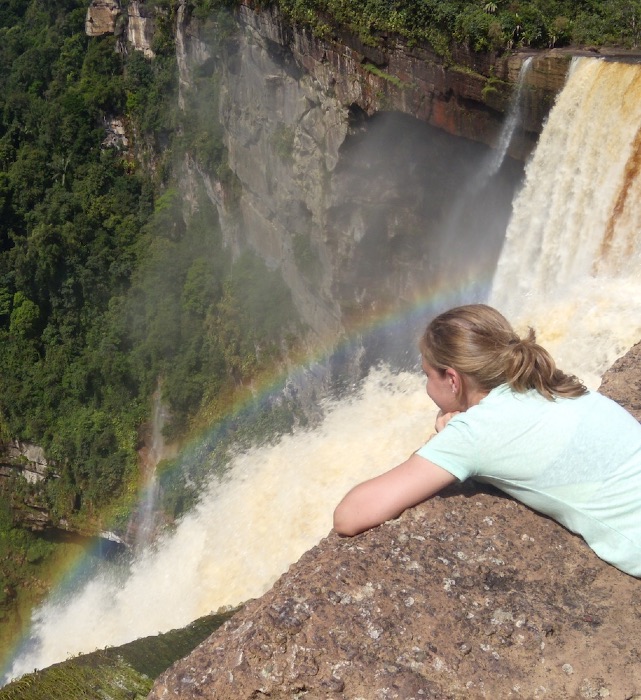
Planned Sites
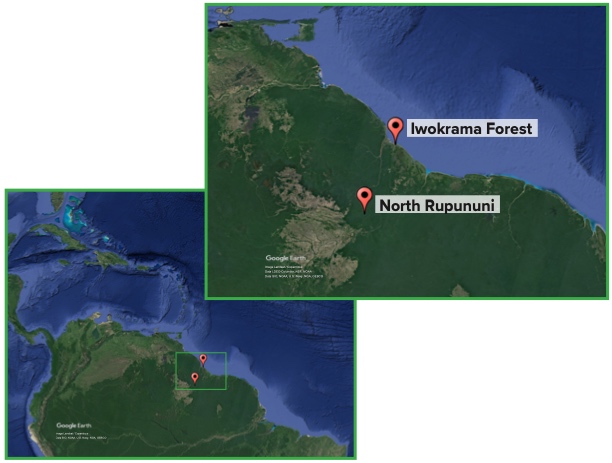
Iwokrama Forest
The Iwokrama International Centre (IIC), the largest environmental organization in Guyana, manages the nearly one-million-acre Iwokrama Forest. The Iwokrama Forest ecosystem is located at the juncture of Amazonian and Guianan flora and fauna. As a result, it contains high species richness and several species of animals that are threatened or extinct across most of their former geographic ranges. The Iwokrama Forest has the highest species richness for fish and bats for any area of its size in the world. It also has extraordinarily high bird diversity.
Iwokrama builds partnerships with local communities, government, academic institutions, international agencies and the private sector, and they evaluate the social, economic, and ecological changes that occur as a result of business development. Their goal is to become a model for business development that results in the worldwide conservation of tropical forests.
North Rupununi
Iwokrama International Centre (IIC) works closely with the North Rupununi Makushi communities, assisting with planning and coordination of education, development, cultural, and research programs. In a decade of collaborative work, IIC and the community leaders have been preparing young Makushis to manage natural resources effectively through innovative, grassroots enterprises.
Rupununi people still hunt, fish, and farm for a living, and they recognize the importance of using local knowledge for research and management. Some have acquired technical skills in forestry, natural resource management, and agriculture at the Bina Hill Training Institute, an Amerindian institution “home-sown and home-grown.” Community conservation leaders, with support from IIC and village councils, have also joined wildlife clubs promoting environmental approaches that combine traditional knowledge and scientific techniques.
(Course locations are subject to change.)
Guyana Photo Gallery
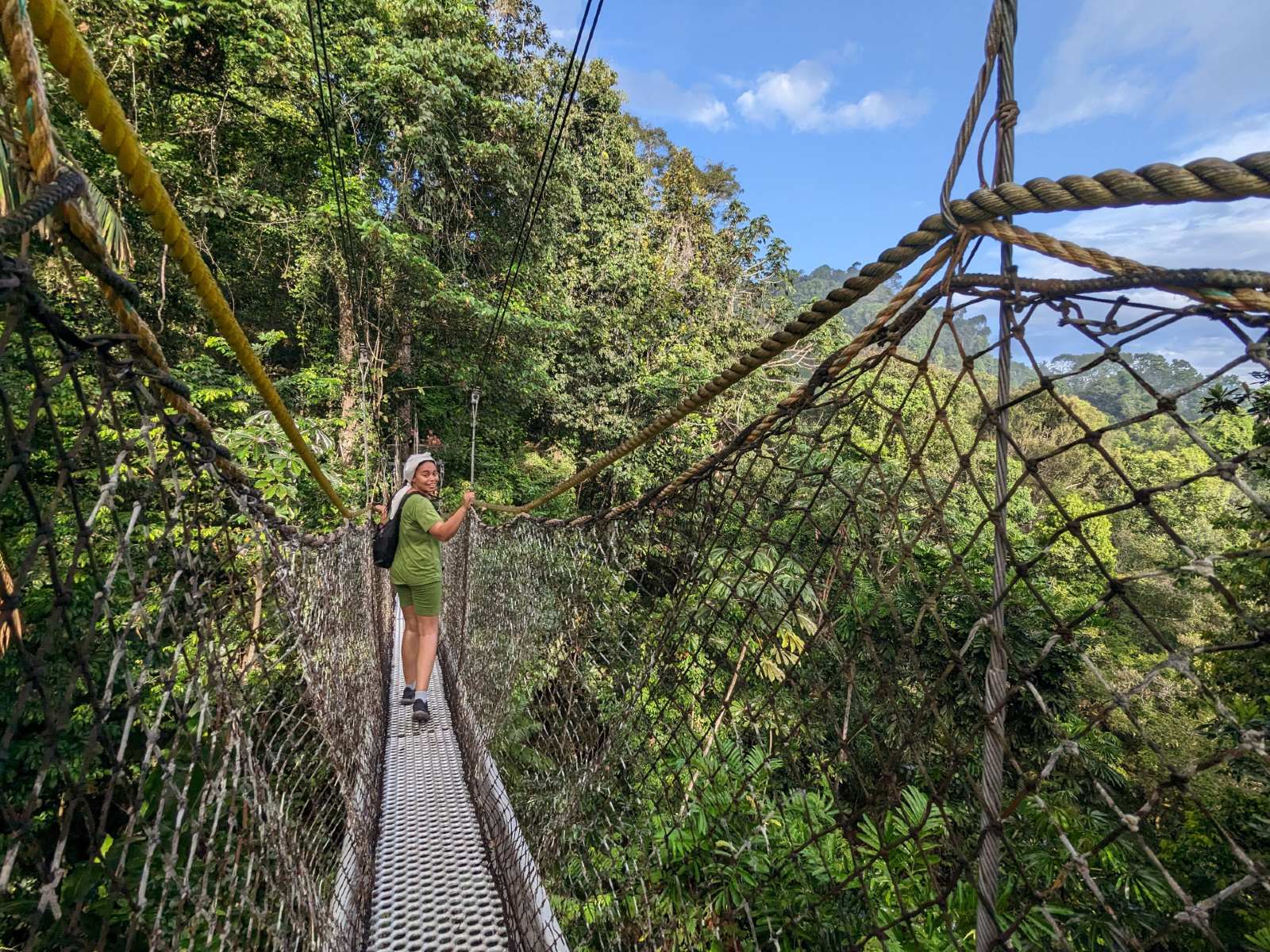

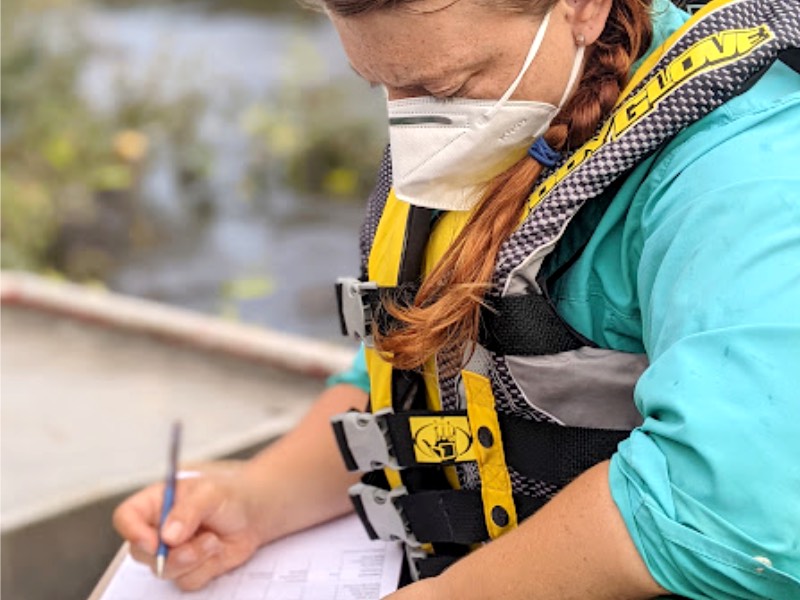

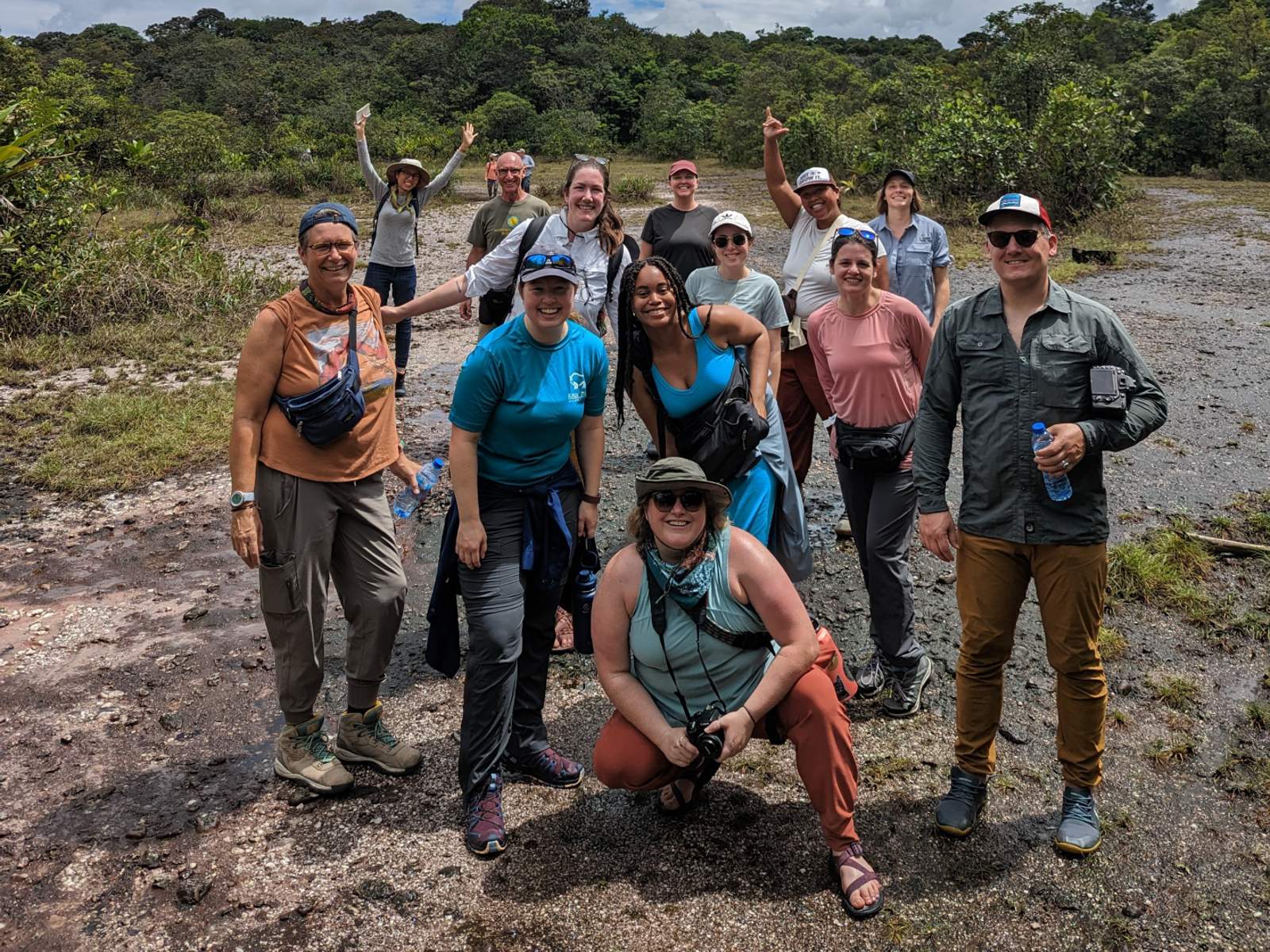
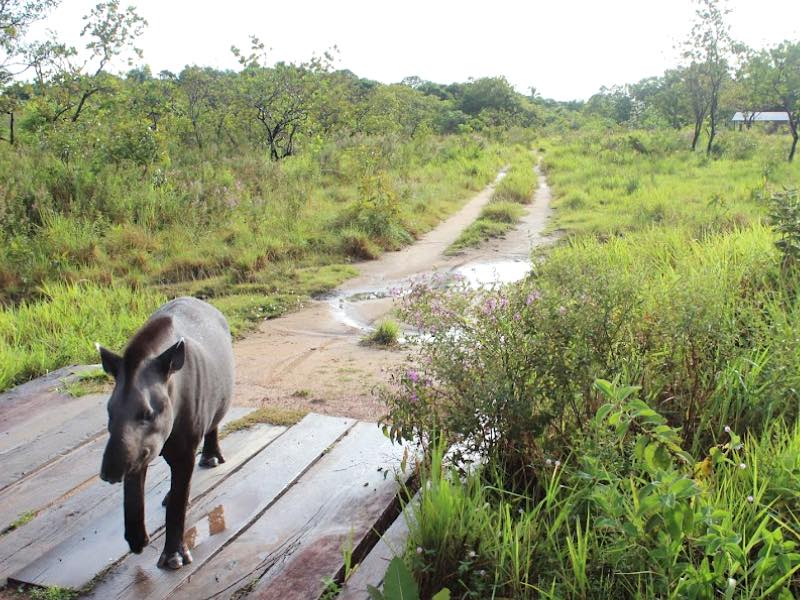
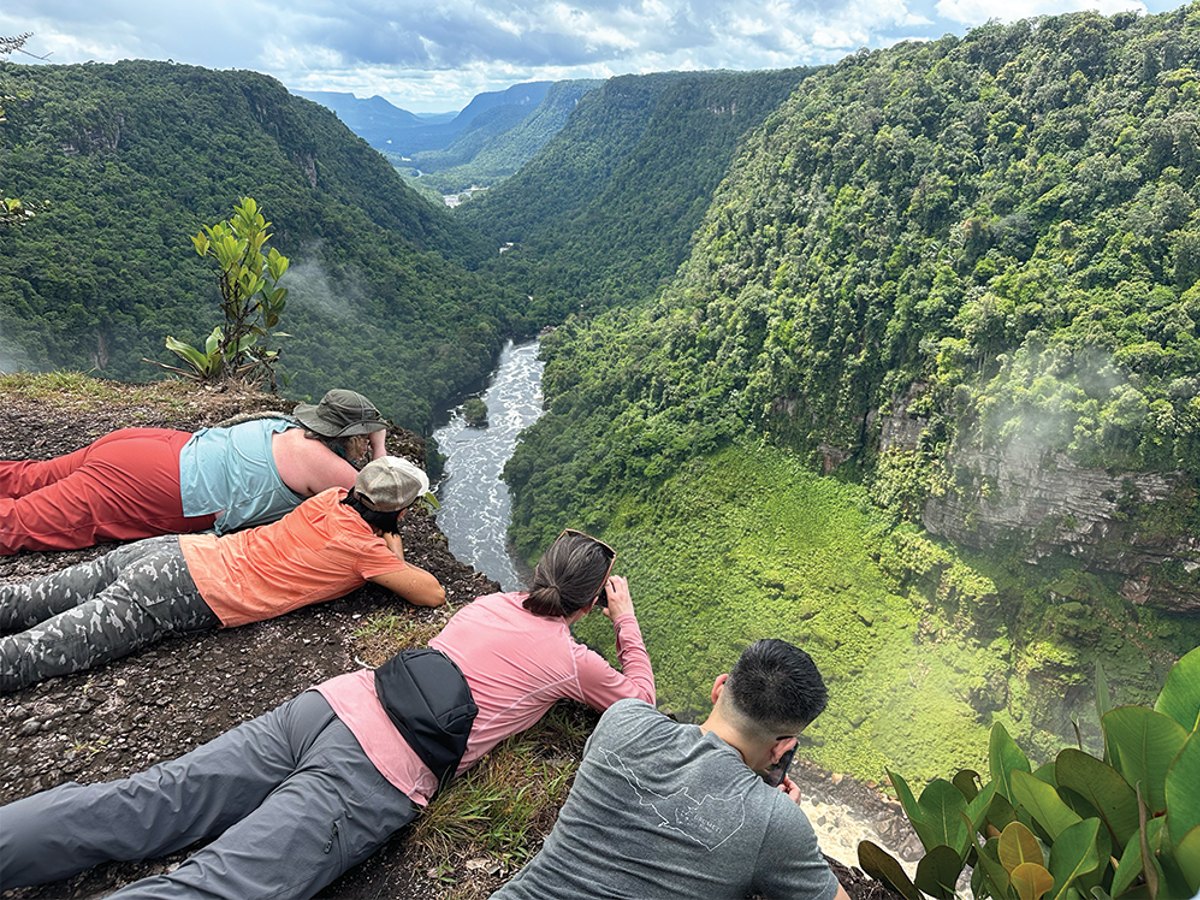
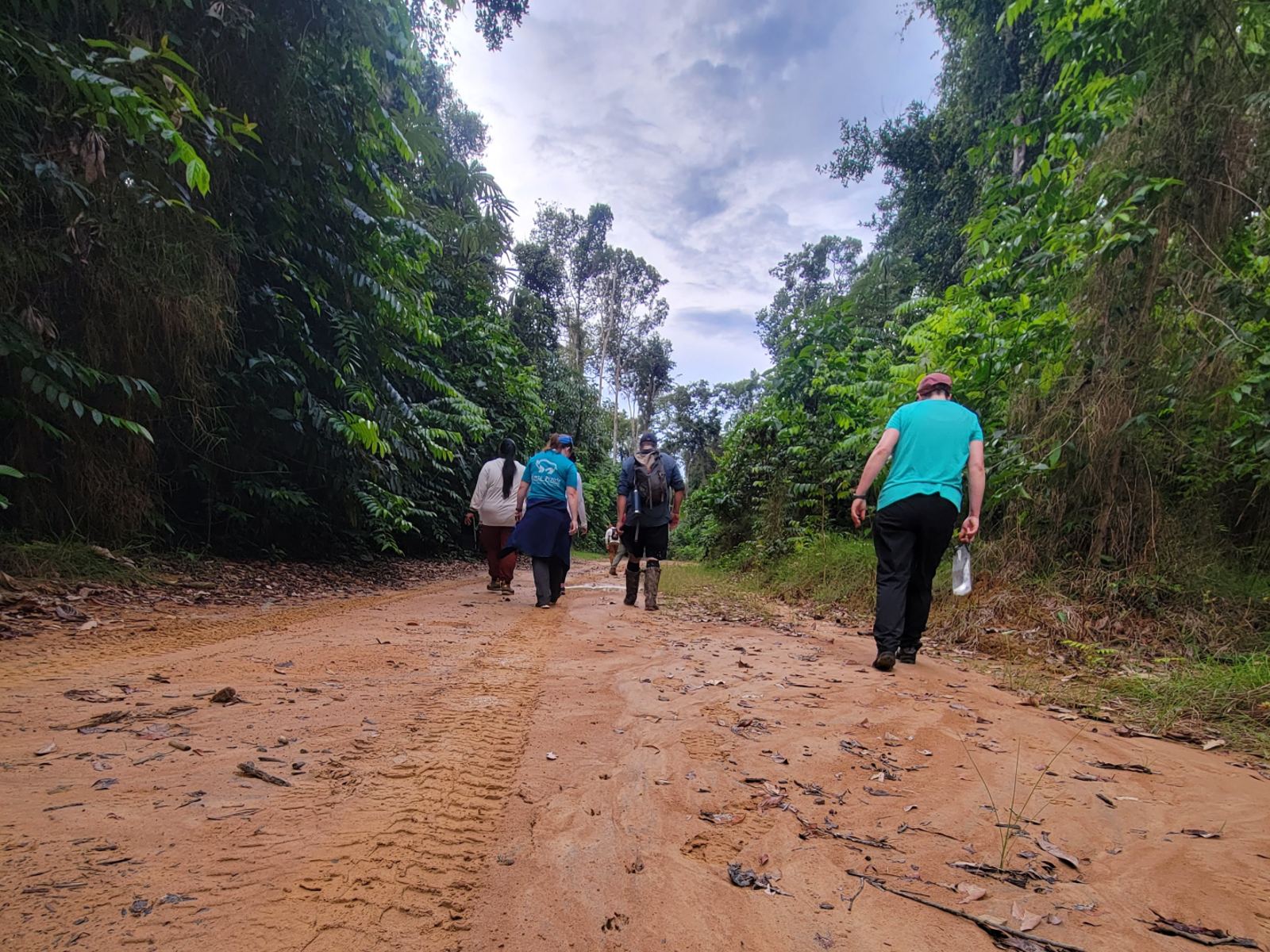
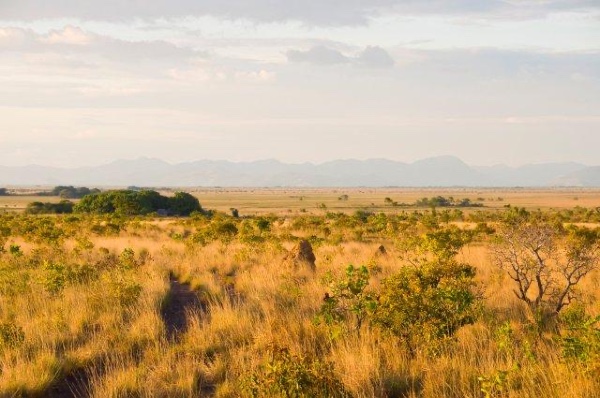
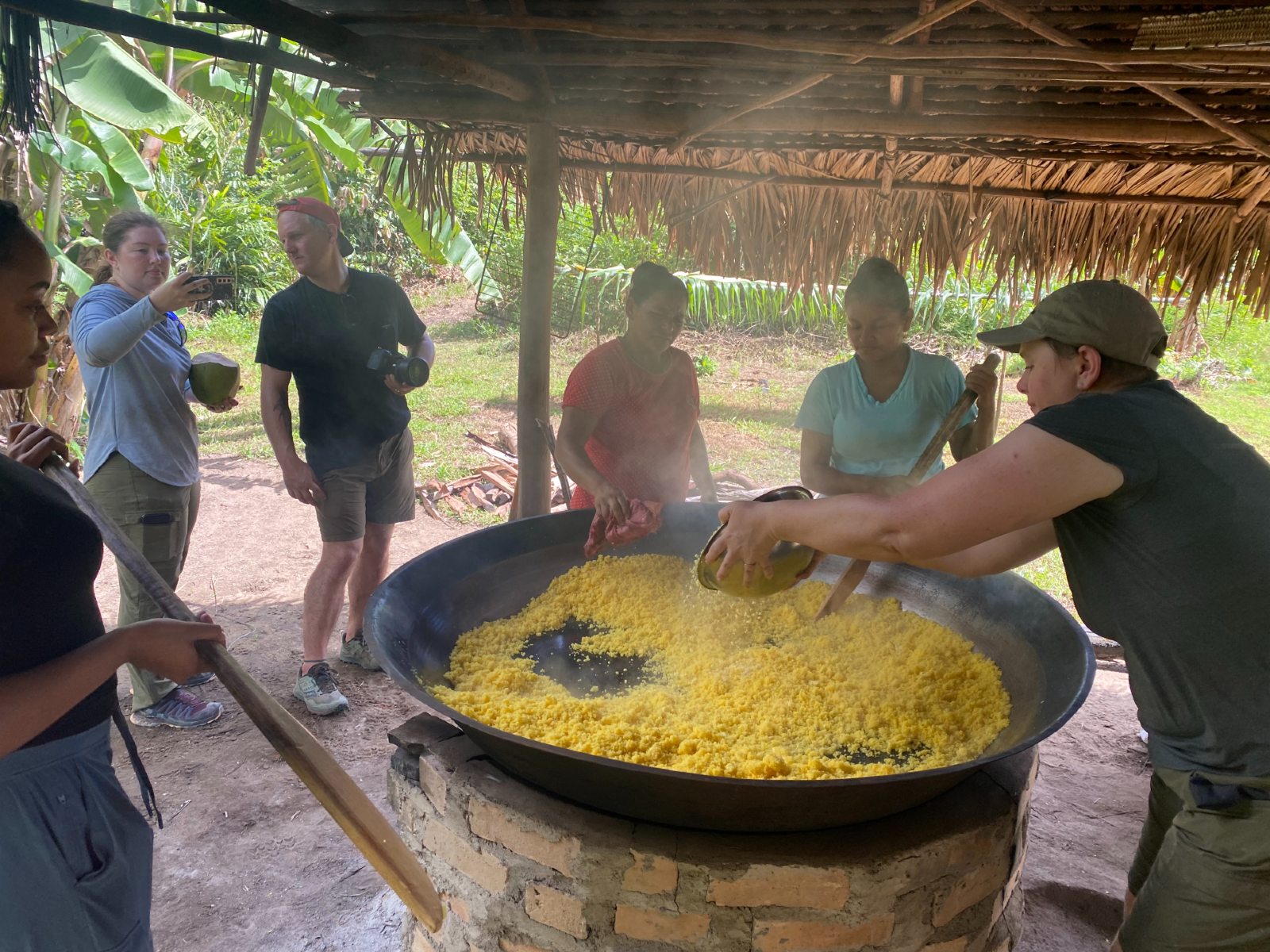

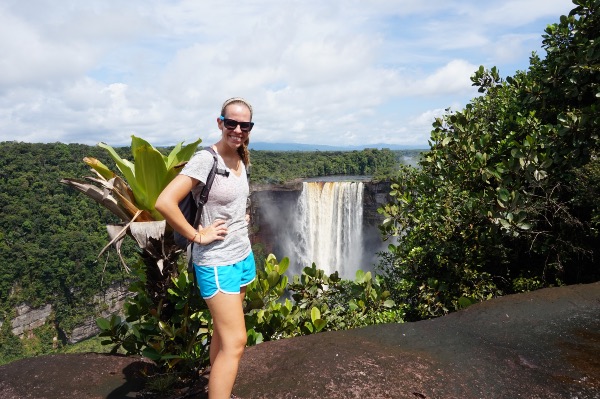
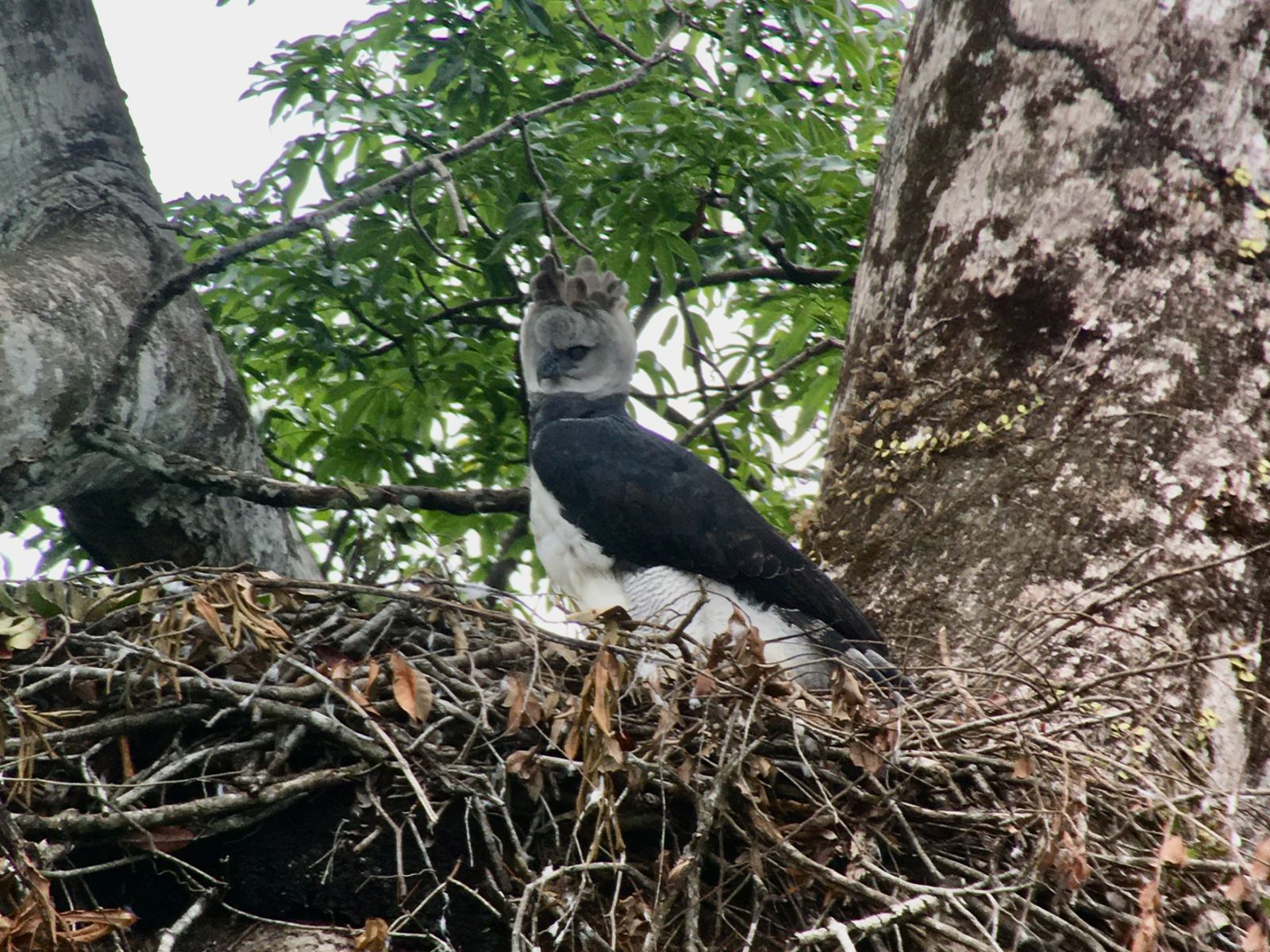
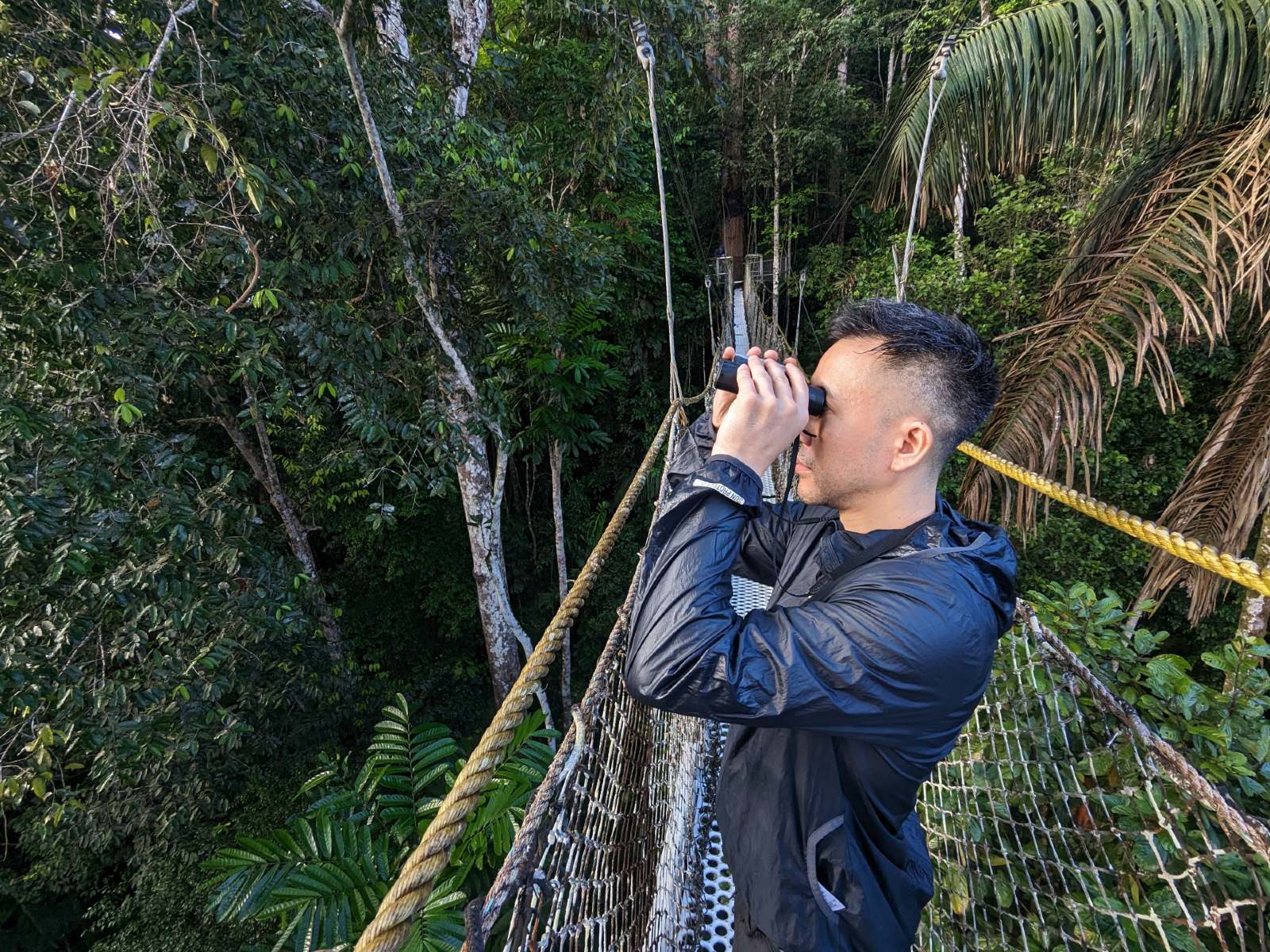
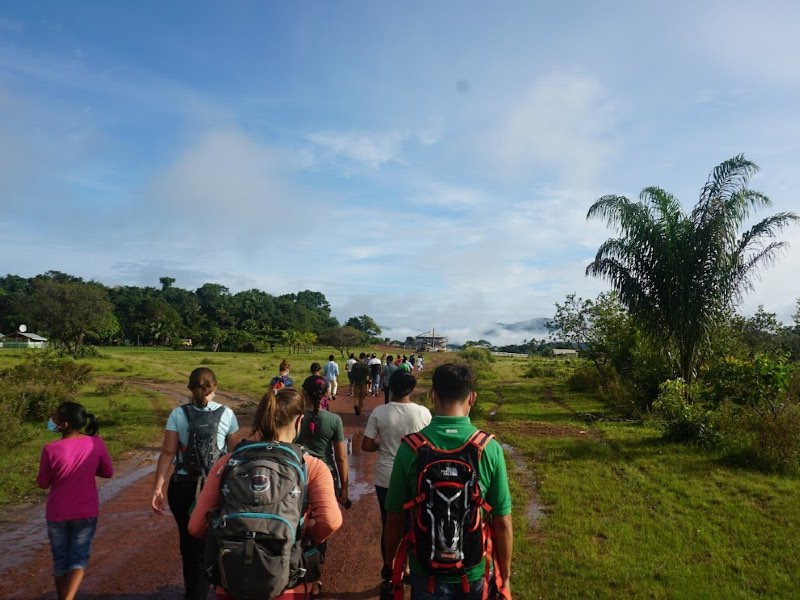
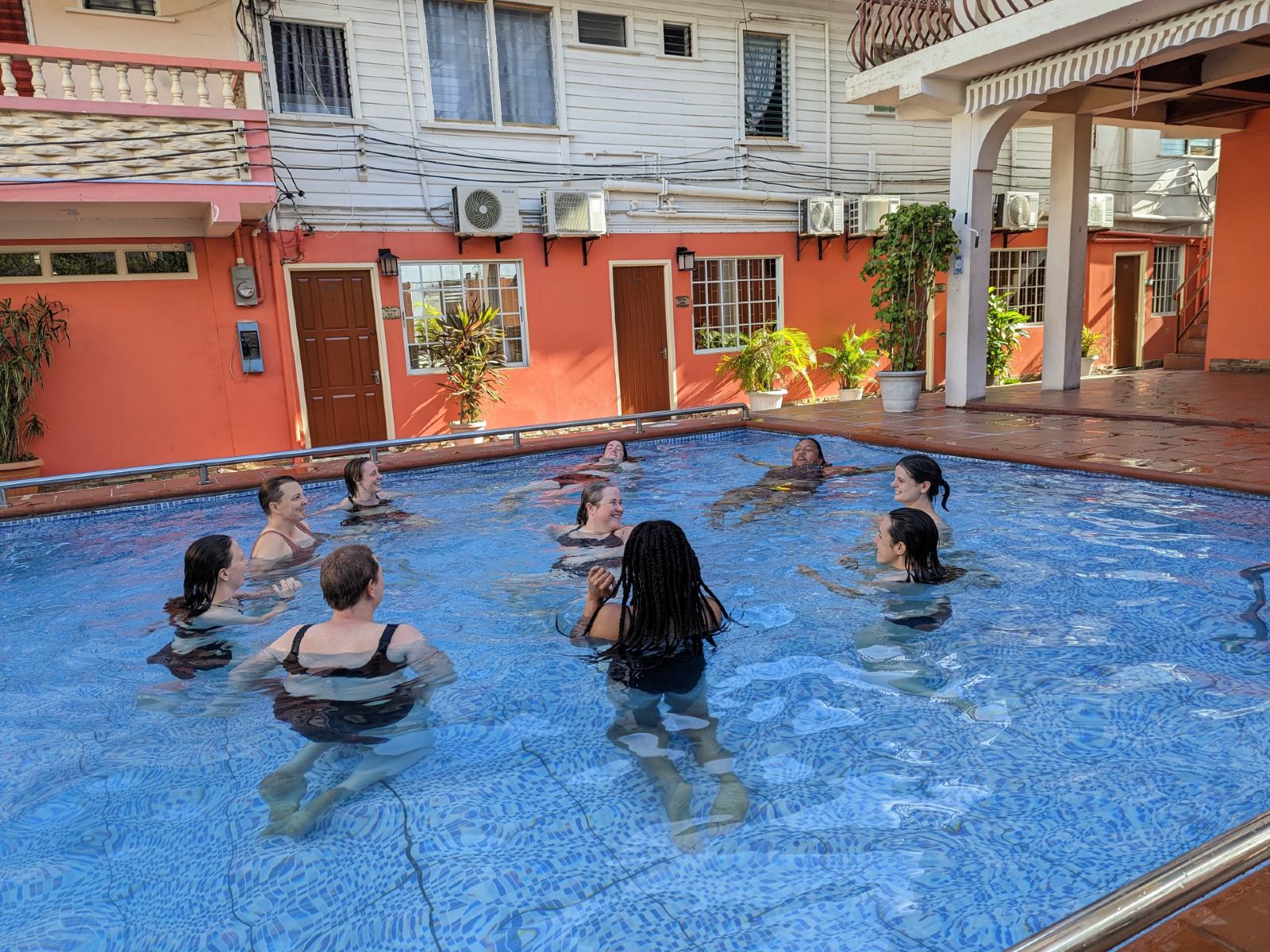
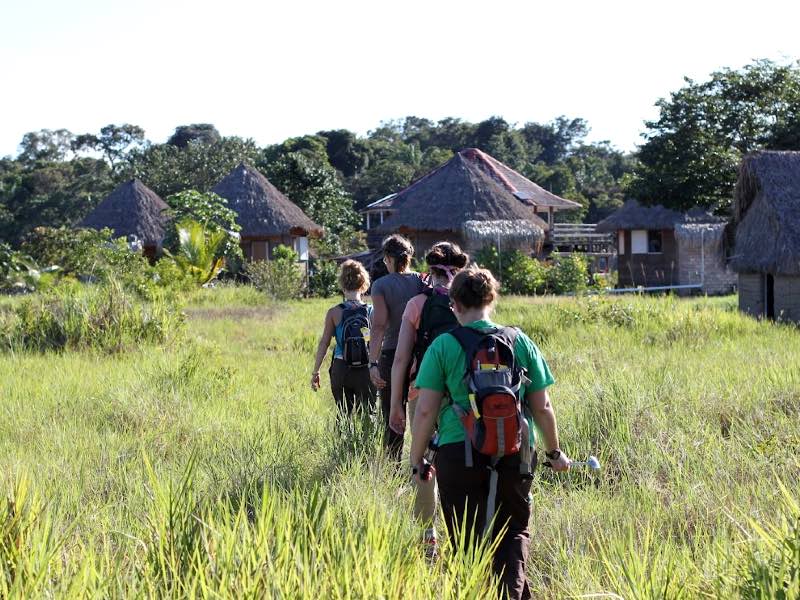
Inside Earth Expeditions
Recorded October 9, 2024, covering Amazon, Costa Rica, Guyana, and the Galápagos.
Want to know more about Dragonfly's global+web-based Earth Expeditions courses? Please view a recording from one of our 2024-25 Inside Earth Expeditions sessions, or join us next fall for an upcoming session, where we share the inside scoop on our EE course locations, partners, and activities. These sessions are perfect for current AIP and GFP students, prospective GFP students, and those interested in taking an EE as an individual course. Each session was led by an experienced member of our instructional team.
Questions?
Check out another EE!
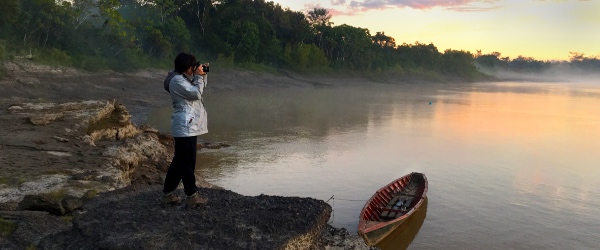
Amazon: Avian & Tropical Ecology
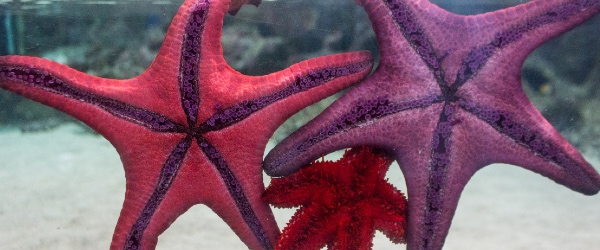
Australia: Great Barrier Reef
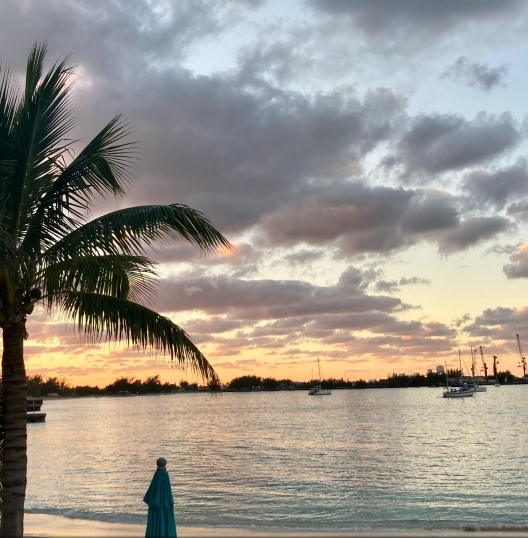
The Bahamas: Cultivating Conservation Networks
Snorkel in biodiverse marine protected areas, explore unique national parks, and gain an understanding of community-driven initiatives by talking directly with local experts at the forefront of conservation.
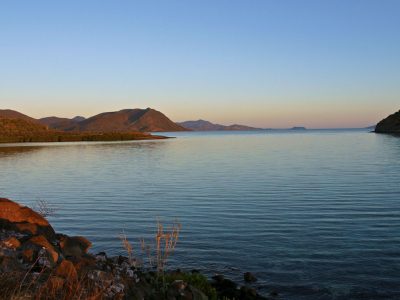
Baja: Field Methods
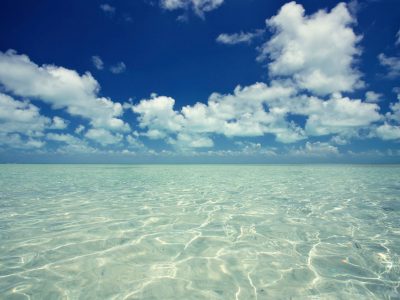
Belize: Approaches to Environmental Stewardship
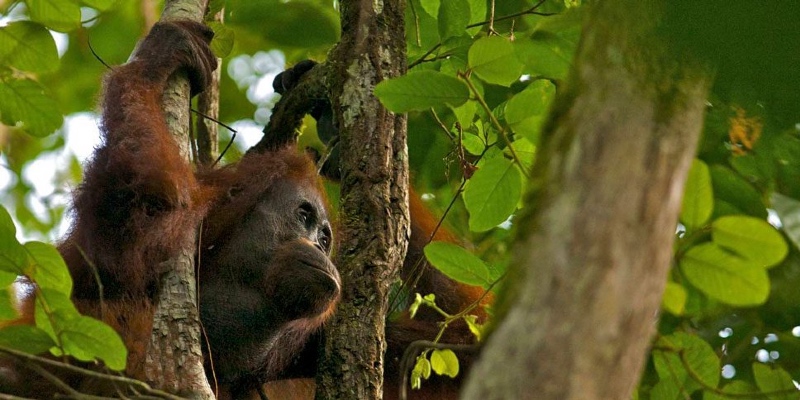
Borneo: Primate Conservation
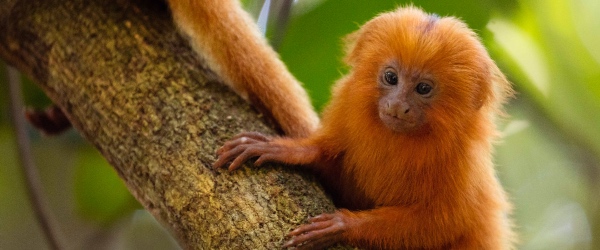
Brazil: Saving Golden Lion Tamarins
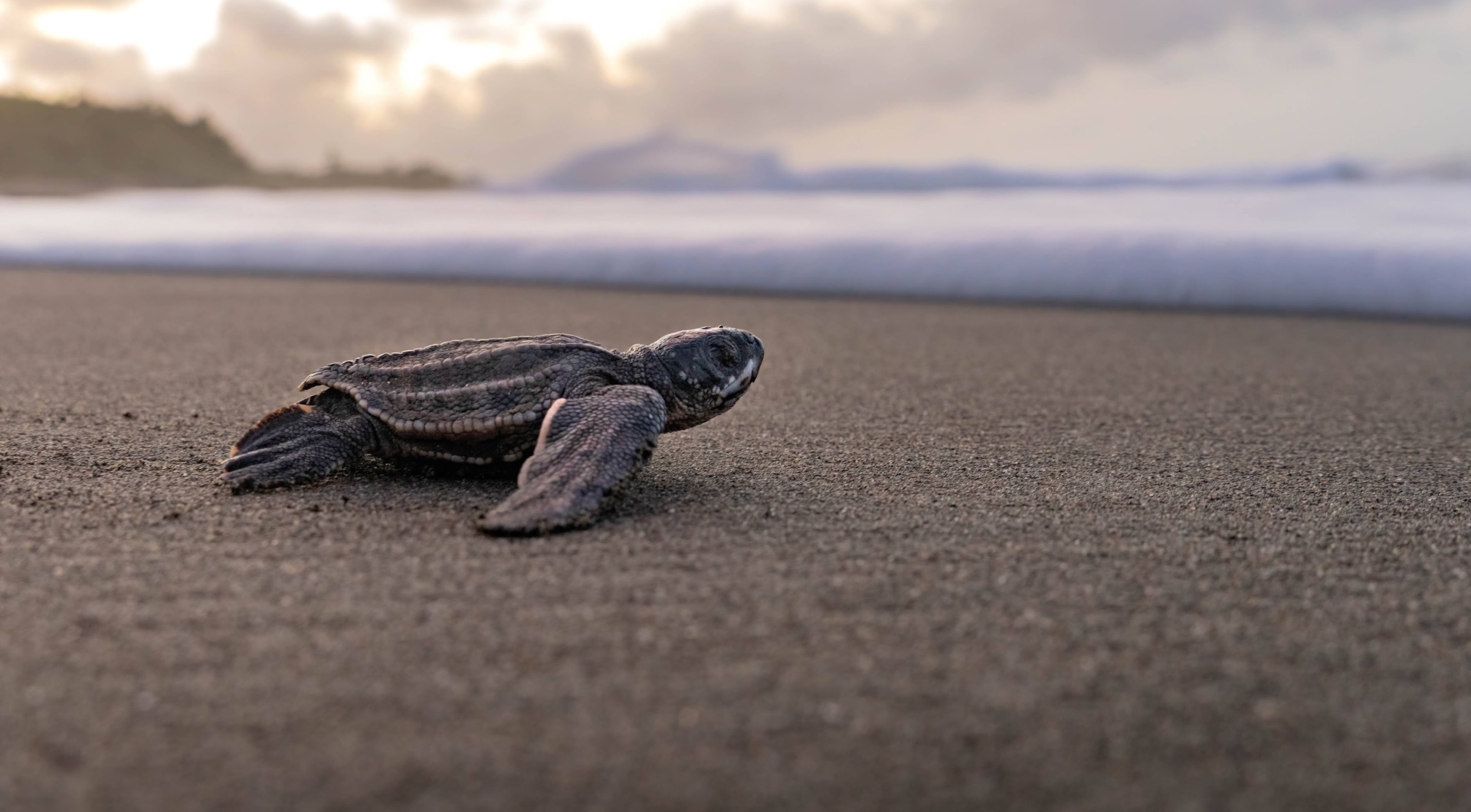
Costa Rica: Ecology & Ecotourism
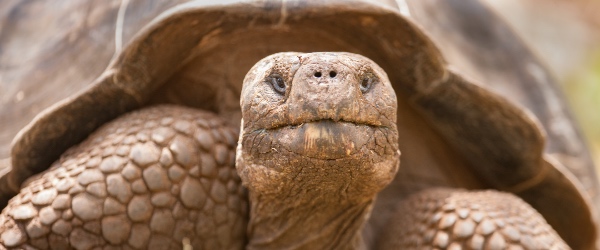
Galápagos: Islands of Change
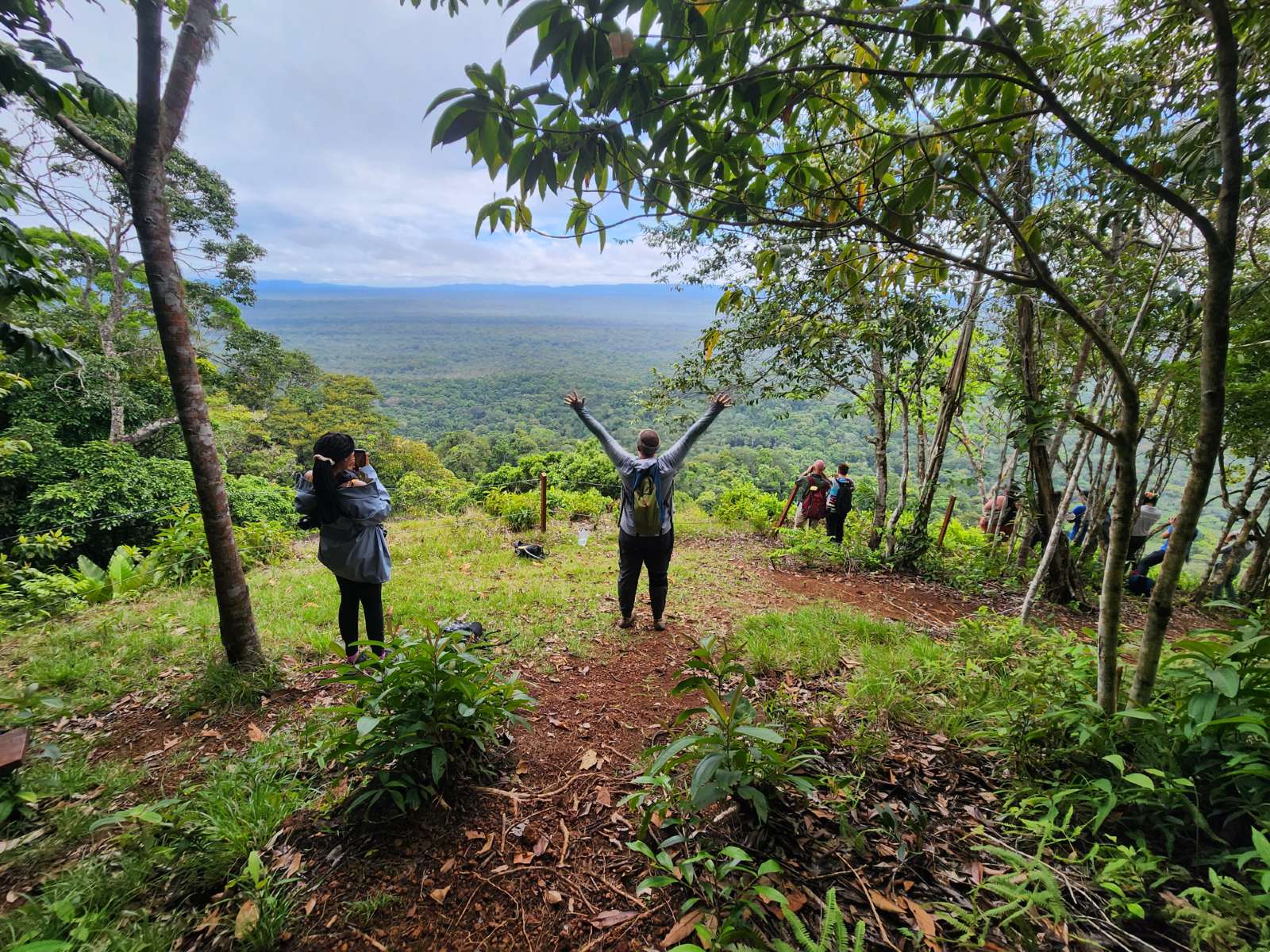
Guyana: Local Wisdom & Conservation
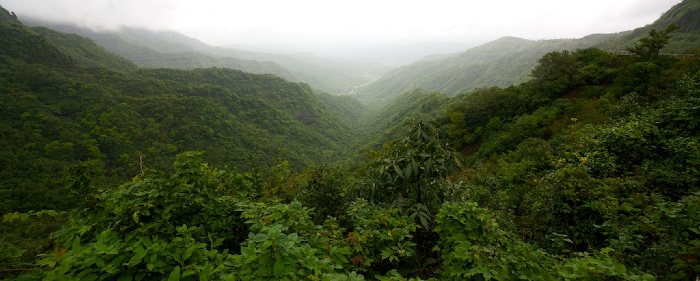
India: Species, Deities & Communities
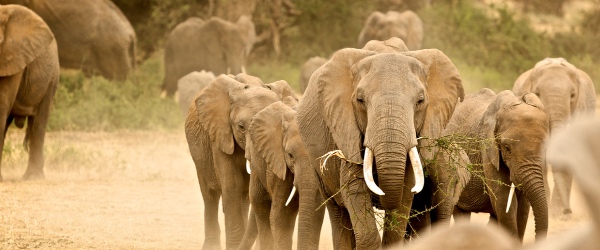
Kenya: Wildlife & People in Integrated Landscapes
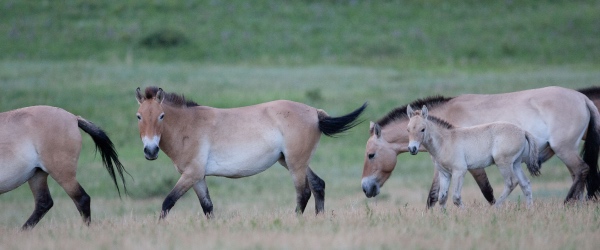
Mongolia: Steppe Ecology & Civic Media
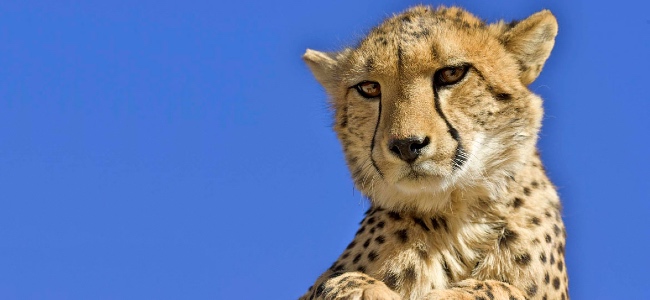
Namibia: Great Cat Conservation
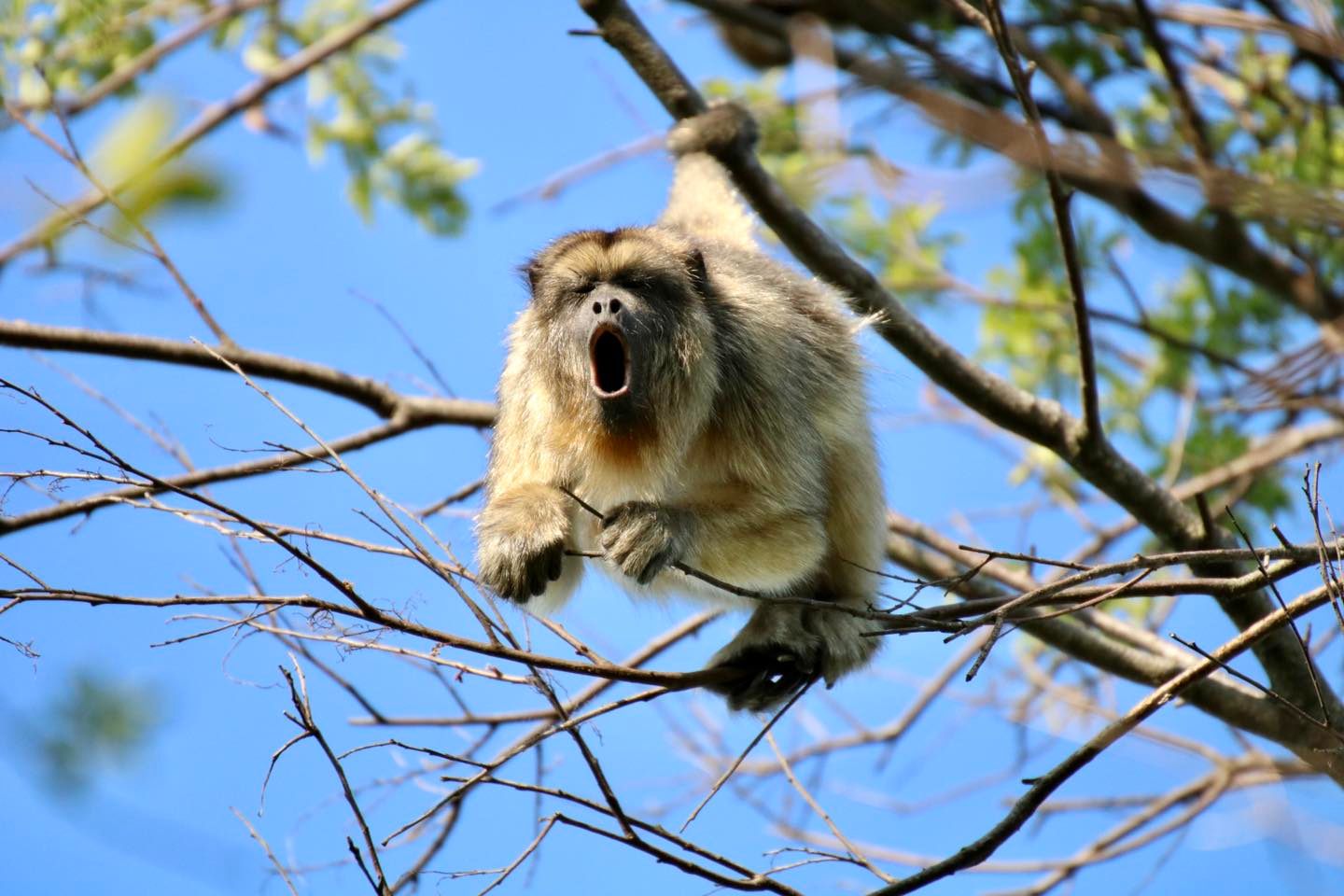
Paraguay: Eco-Leadership
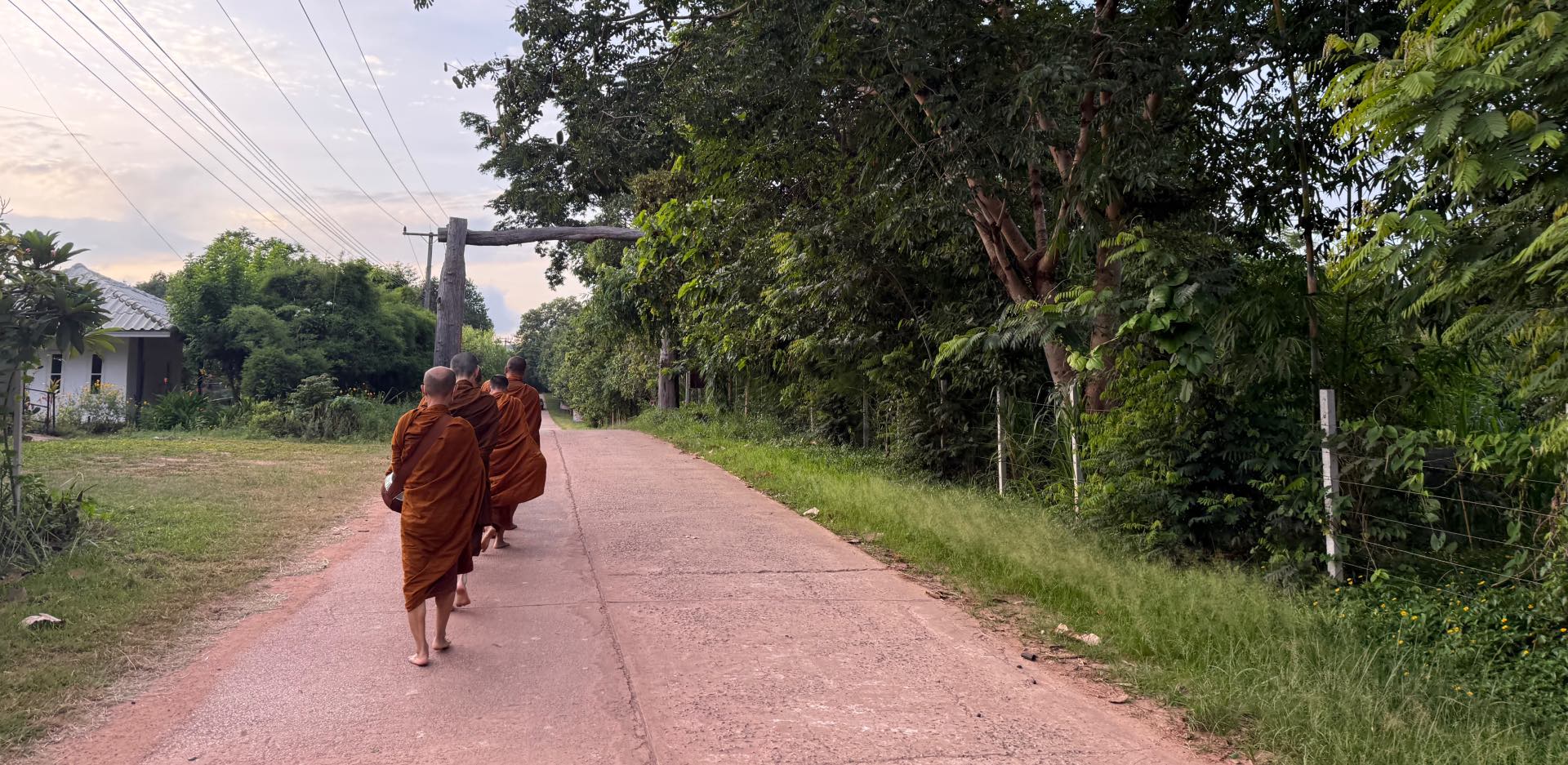
Thailand: Buddhism & Conservation
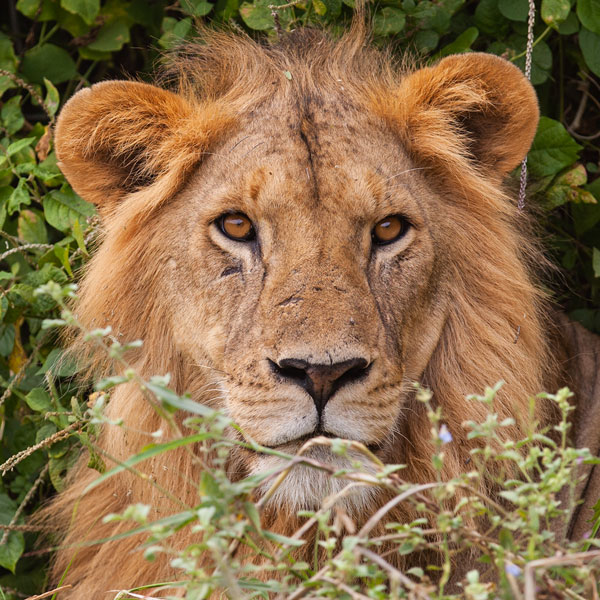
FAQs
